The Article
Lumina 1 Speakers From Sonus faber
27th November 2020
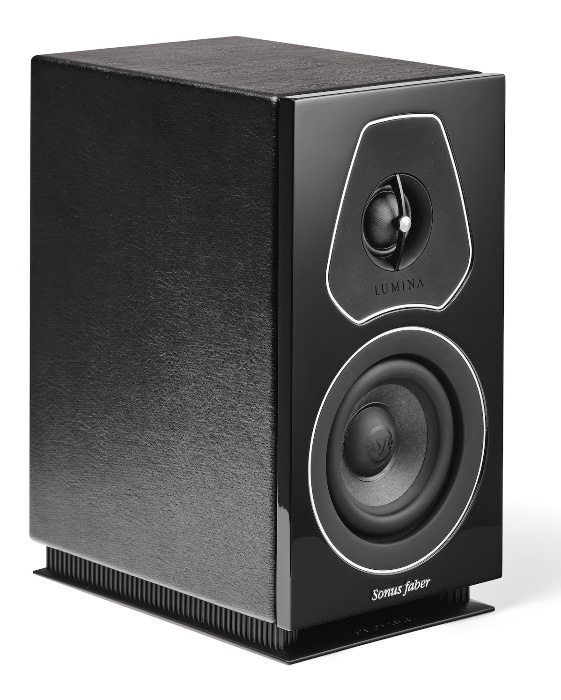
The dinky, stand mounts of the Lumina line, Paul Rigby reviews this new, entry-level design
If you sat a bunch of Sonus faber staffers down in a local coffee shop and plied them with a frothy latte each, then asked them about the Lumina I speakers what you’d most likely get from them, in between slurps and requests to pass the sugar, is variations on the words ‘simplicity’ and ‘minimalism’.
That’s how the company likes to see these new designs, you see.
Which is all very well and good but, as you and I both know, like a good frothy latte, speakers are hardly “minimal” or “simple”. Not really. There’s a lot that goes into making a good pair of transducers. Something that goes beyond the skills of a typical Blue Peter presenter, for example. So look. Nod politely at the marketing spiel but move on.
What I can say is this. What is it with speaker designers nowadays? Is this a race to see who can design a speaker that is so small it can be heard yet not seen? I thought my Martin Logan 15i speakers were small, then I recently reviewed the dinky PMC 21i speakers and now these things appear, which can only be seen with the aid of an electron microscope.
Spanning 280 x 148 x 213mm and sporting two pairs of binding posts each, these titchy little speakers, flown in directly from their home base in Italy, weigh in at 4.4kg and are ideal if you want an unobtrusive hifi populating your living or listening room.
They’re available in Black, Walnut and Wenge (a colour moniker that I just can’t take seriously – it sounds too much like ‘wedgie’ – wengie? – and its concurrent school-yard associations).
The speakers arrive with magnetic covers which I left off for this review while the cabinet is surrounded by a leather covering. Chrome accents adorn the front. These speakers offer a low-key yet stylish presentation.
Under those magnetic grill covers you’ll find two drive units. The toppermost is a DAD. But this ain’t your father’s DAD. The Damped Apex Dome silk dome tweeter spans an unusual 29mm. Below that, looking almost sheepish and withdrawn, is a miniature 120mm mid/bass unit of paper construction. So we’re not looking at exotic materials here. There’s no beryllium or materials shaved from a passing comet to delight the press release.
So maybe my latte-slurping staffers were right after all then? These speakers really are simple in design?
I still ain’t sure about that. What I am sure though is that they do need a push, to get going. You’ll need an amplifier pumping out at least 30W to handle its fairly low 4 Ohm, 84db sensitivity.
The speakers have a downward-firing, slit-vent that’s positioned towards the rear of the cabinet. The vent is given room to manoeuvre by raising the speaker a tad on a small, U-shaped structure that, in itself, appears to be slotted on three sides but isn’t. A letter box hole is available at the front of the speaker, though.
Despite that forward-firing, lower venting, it’s still recommended that you position the speakers at least a metre from a rear wall but tweak this distance to suit your ears. Don’t just do what the latte lads tell you.
SOUND QUALITY
I began with a combination of synths and organic fare from Incantations (Virgin, 1978) via Mike Oldfield.
The sleeve shows a winsome and windswept Mike daydreaming on the sleeve while all hell breaks loose on the beach behind him (does anyone else in the UK remember being bombarded by TV Ads of this album during its promotional launch?) It worked on me then, eh?
One of the reasons I wanted to use this album within the review, apart from the mixed sources, was the fact that it has been produced with a touch of compression. It’s not too aggressive but it’s there during crescendos on wind instruments, choral voices, cymbals and high-pitched synths. Especially at high volumes.
So I wanted to see how the Lumina 1 speakers coped.
And in some ways, it was deja vu all over again. I recently reviewed the Cambridge CXA61 integrated amplifier and compared that with the Audiolab 6000A. In that review I said that the CXA61 was a solid performer, focused and did the best with the information it could immediately lay its hands upon but never stretched to find new details on the edge of the soundstage to surprise and amaze. The 6000A could surprise and amaze and offered a greater midrange insight but wasn’t as focused or as balanced as the CXA61.
I used my reference Martin Logan 15i speakers in this review. Substitute the 6000A for the latter and the CXA61 amplifier for the Lumina 1 speakers and you basically, kinda have the same review.
Here, the Martin Logan’s offered a superior dynamic reach. The upper mids and treble tapped into fine detail that was easily exhibited via the likes of bells and cymbals. The Lumina 1 speakers just didn’t reach as far, basically.
Instead, while the the Lumina 1s did provide a wealth of midrange and treble detail alongside a low noise performance they also offered solidity and reliability and a sense that the information it could reach out and scoop into its arms was superbly processed and processed. It did the very best with what it had.
Hence, the Lumina 1 speakers had a slightly conservative upper frequency approach to music but it was rock solid during the translation of the same while the compressive effects I normally heard from this LP were largely removed.
In comparison, the Martin Logans found new and fascinating pieces of detail but did so while sometimes sounding a little uncontrolled and fragile. A bit like watching a tight-rope walker making steady progress and then he pauses, then there’s a wobble and the crowd below gasp in case he falls. The Martin Logans are relatively devil-may-care in their attitude. The Sonus fabers were wholly reliable and will not let you down. Replace that tight-rope walker with someone walking along the street. You don’t even bother watching. You know that he’ll be fine. You are totally convinced that the guy will complete his task of walking from A to B. Similarly, you feel quite safe and reassured when listening to the Sonus fabers. They produce a sense of reliability and steadiness. You know that these speakers won’t trip up.
It’s as if they produce music from a granite base.
In tonal terms, tonal realism was slightly compromised because of that lack of dynamic reach but the tonal balance was superb from the Lumina 1 speakers which meant that the bass played a fuller part in the mix than just about any comparable pair of small stand-mounted speakers I’ve heard at this price point.
So, you do feel that you’re hearing a rounded picture. The bass had weight and heft which was startling when you consider the small size of the cabinets. Sure, there’s no real deep bass but there was more than you might initially expect, put it that way.
There was a lot of delicacy and a demand for accuracy from the Mike Oldfield album so I reached for CD and something a bit more energetic.
I reached for Depeche Mode’s Violator and Enjoy The Silence.
Oh but how could I? When faced with a pair of bass monsters!? I know, sounds odd doesn’t it? For a small pair of speakers though, the Lumina 1 speakers really hammered the bass. That bass vent really earned its corn. OK, the bass response could sound a little strained if pushed to the limit and, considering the size of the cabinet, that’s no real surprise but the tonal balance I mentioned laid a thick lower frequency floor upon it which the music grooved to high heaven.
Part of the reason for this I feel is that you really can’t be playing footsy with these speakers. Don’t be gentle, throw power at them and whack up the gain. Tell your amp to get stuck in, basically.
Once that happened, the Lumina 1 speakers woke up, shook a leg and bang, they were off! They produced the sort of confident deep bass (relative to the cabinet size, that is) that I am used to hearing from PMC’s £2,000k 21i designs.
While all of this was happening, the upper mids and treble provided enough information and energy to trigger a big smile.
CONCLUSION
While I do recommend a demo to make sure that the sonic signature allies with your own musical preferences, if you want a wholly reliable and solid pair of speakers with a superb tonal balance and the ability to surprise you in bass terms then definitely pencil these little fancies onto your demo list. They need a good shove to really get going but once they do they offer a surprising amount of sonic quality.
SONUS FABER LUMINA 1 SPEAKERS
Price: £799
Website: www.sonusfaber.com
GOOD: compact size, bass response, tonal balance, finish
BAD: dynamic range, sensitivity
RATING: 7
[Don’t forget to check out my new Patreon Page at www.patreon.com/audiophileman, for exclusive postings, giveaways and more!]
REFERENCE
Origin Live Sovereign turntable
Origin Live Enterprise 12″ arm
Van Den Hul Crimson XGW Stradivarius Cartridge
Goldring 1042 MM cartridge
Benz Micro Ace MC cartridge
Icon PS3 phono amplifier
Aesthetix Calypso pre-amp
Icon Audio MB845 Mk.II Monoblock Amplifiers
Quad ESL-57 Speakers with One Thing mod
Blue Horizon Professional Rack System
Harmonic Resolution Systems Noise Reduction Components

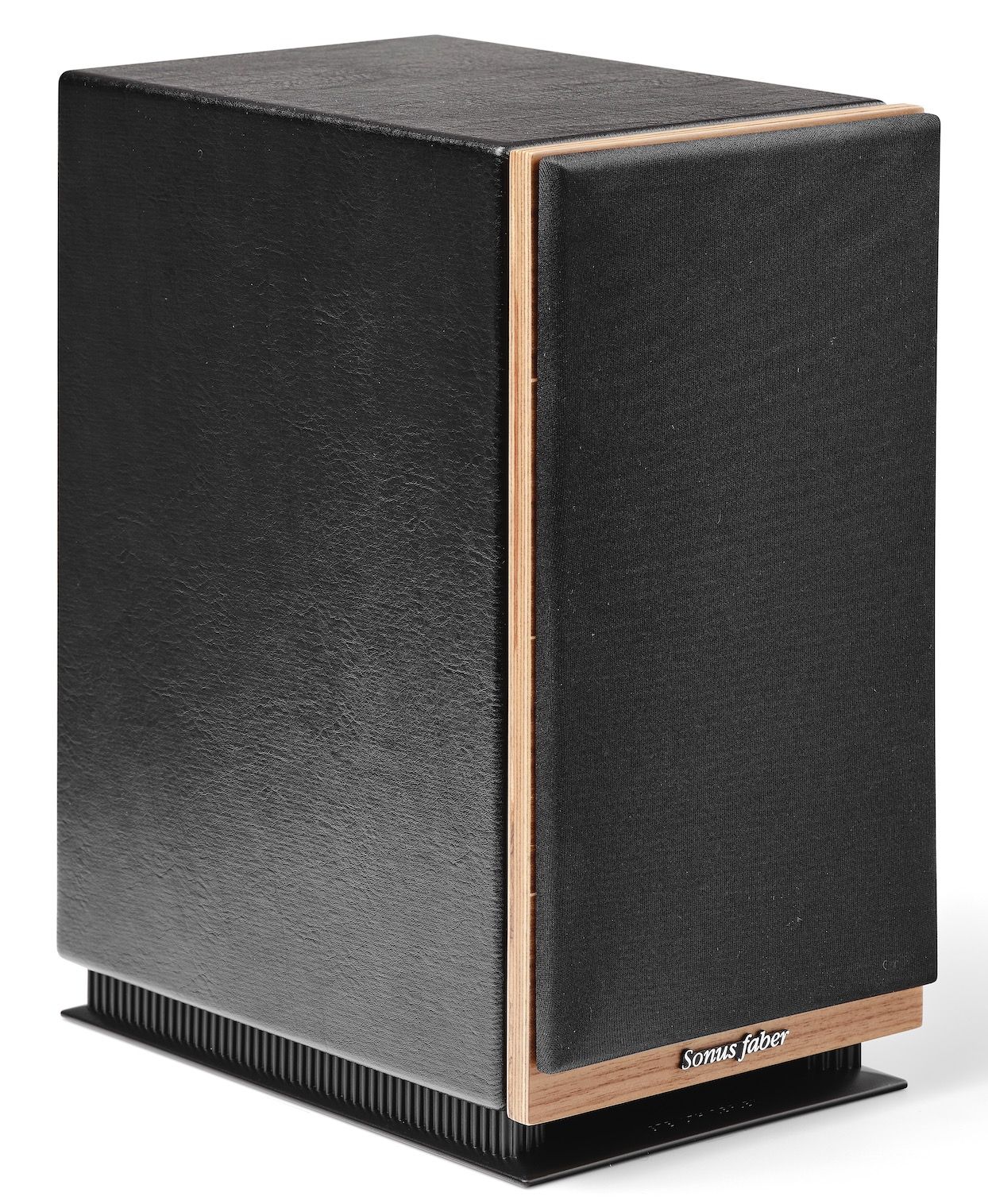
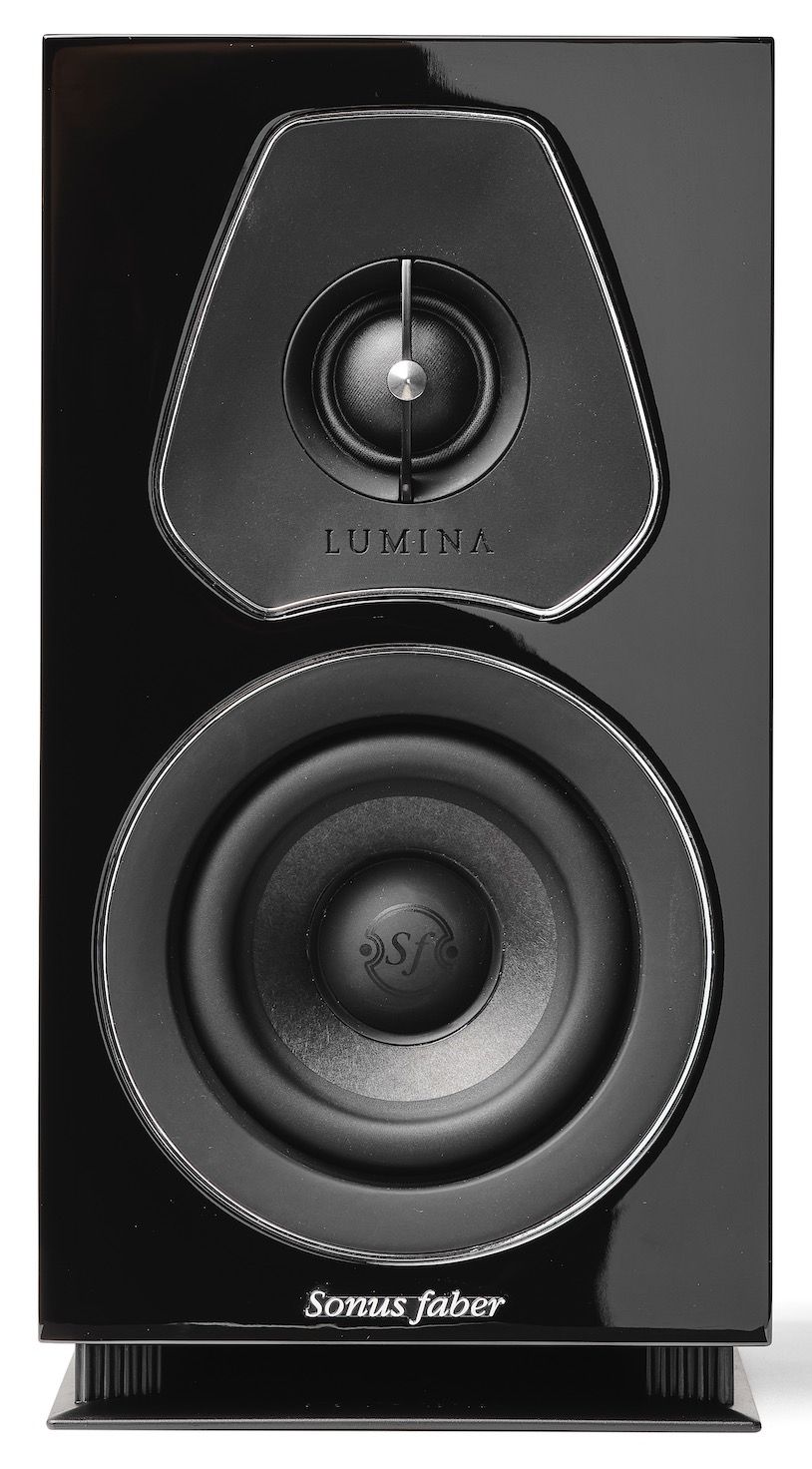
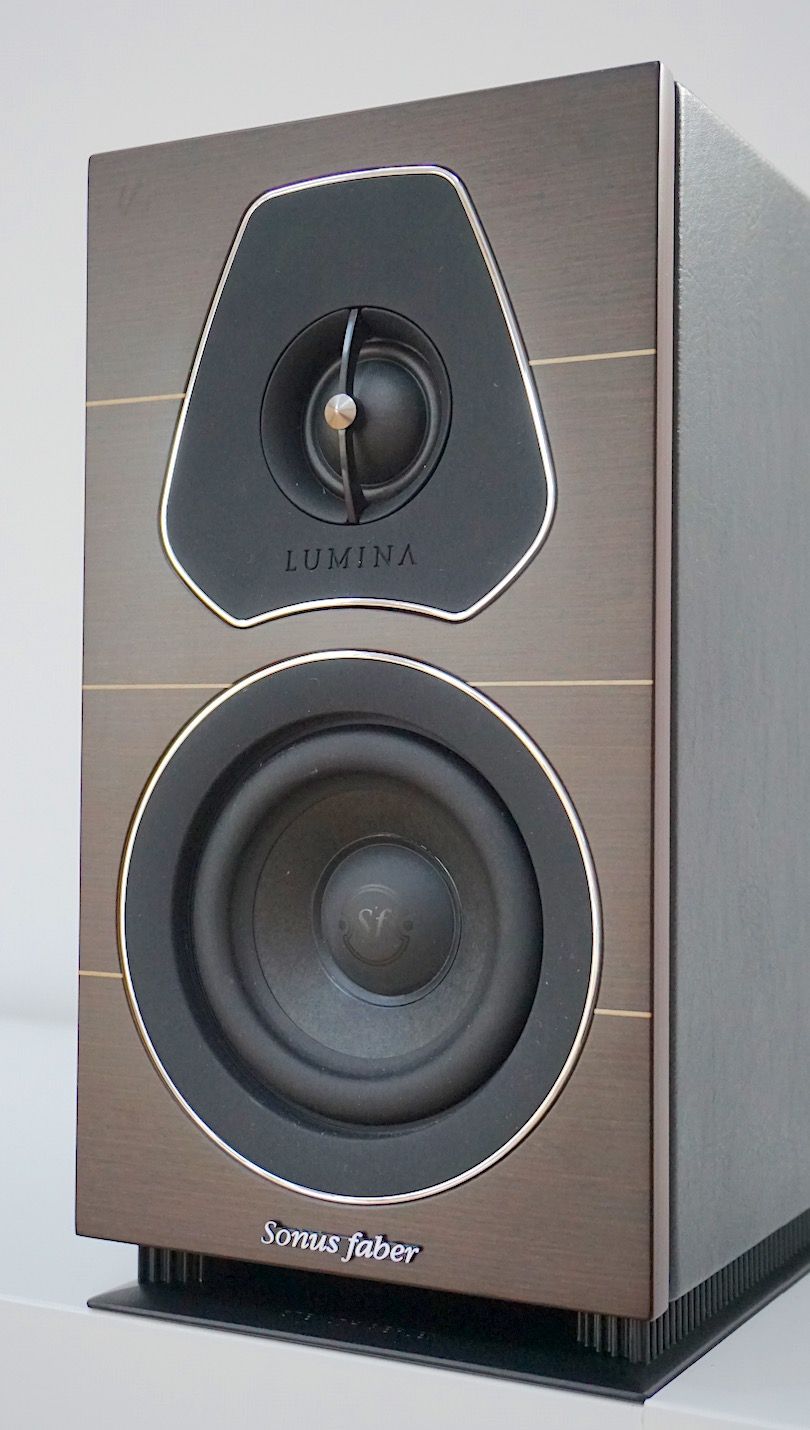
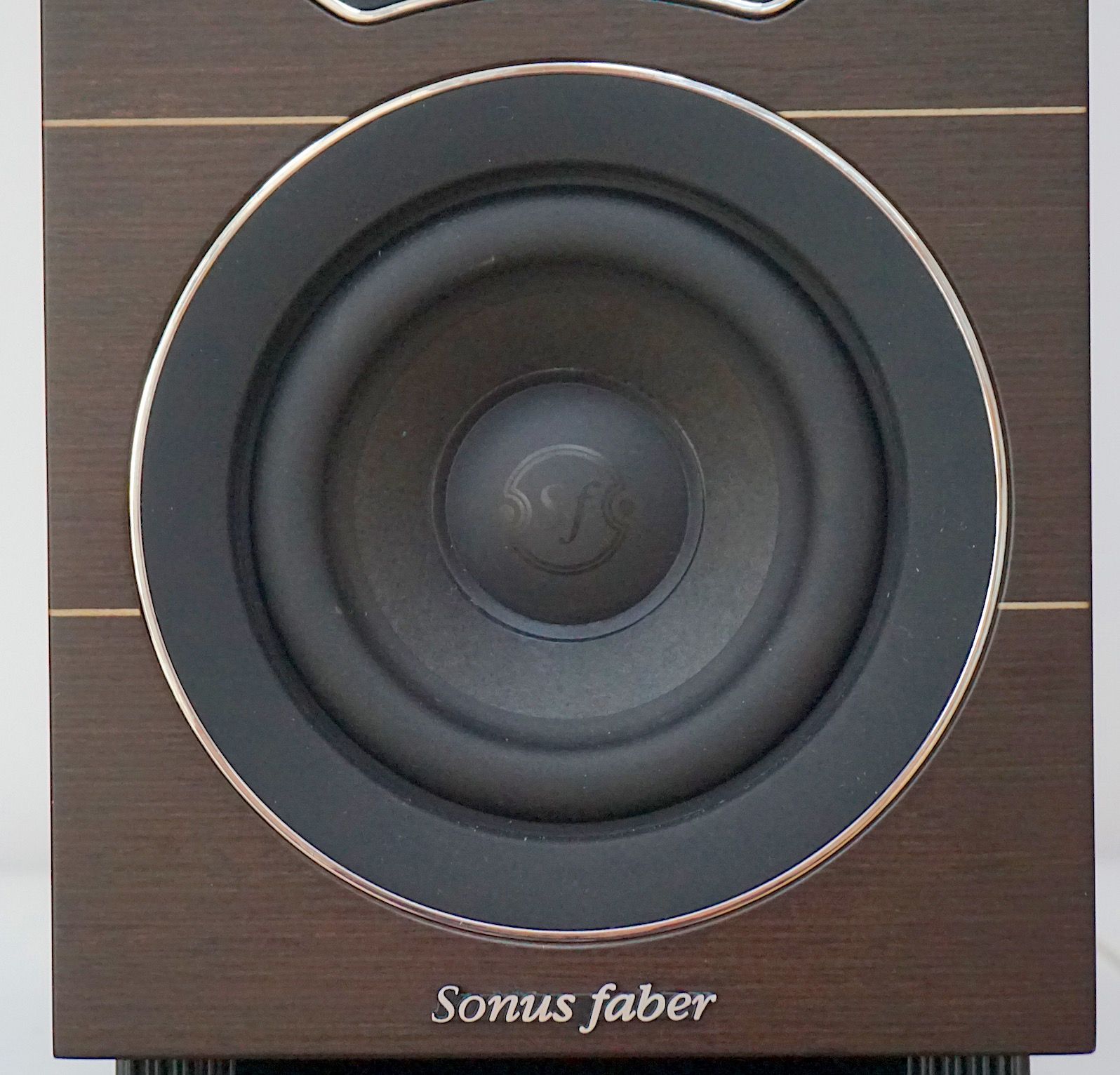
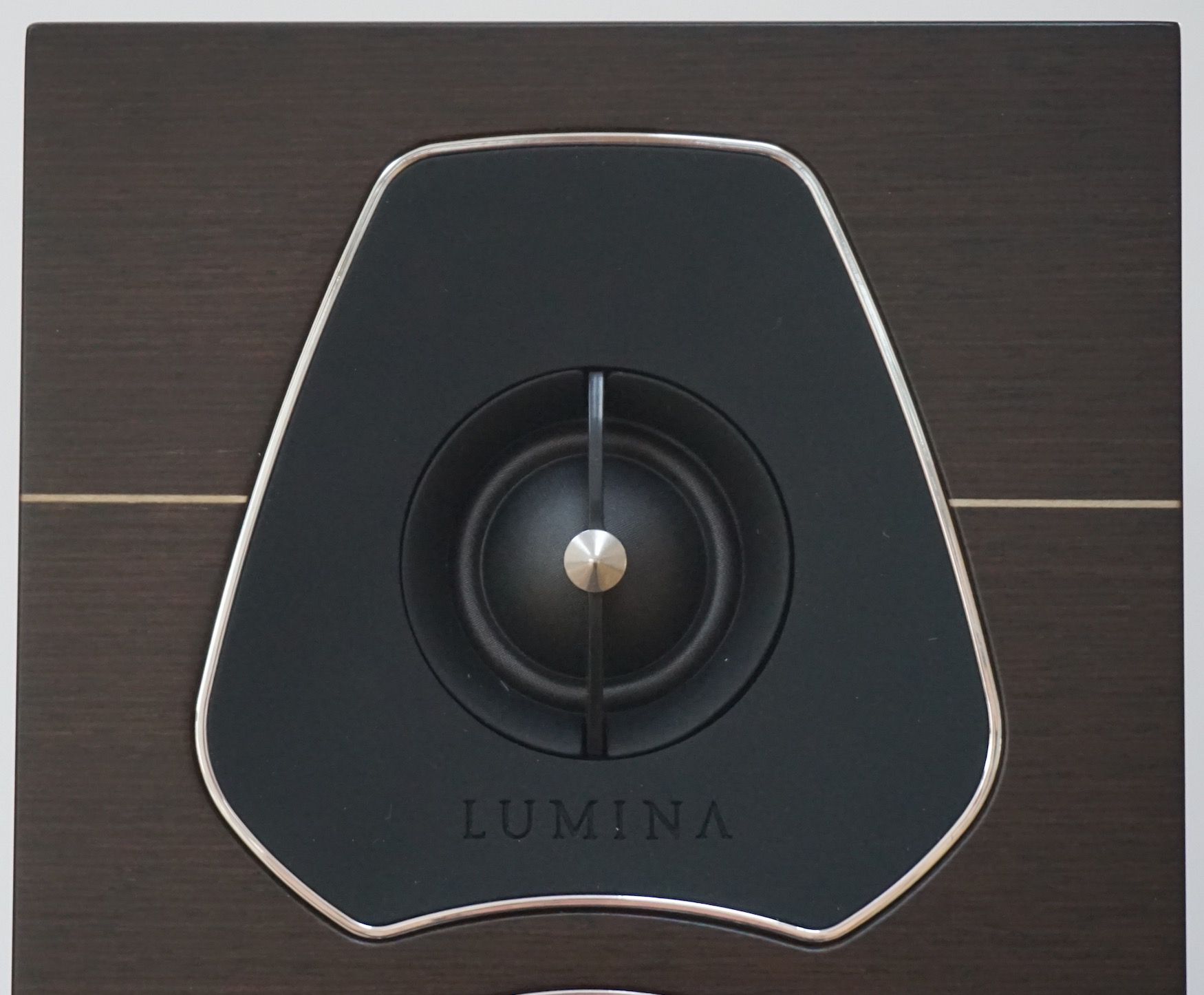
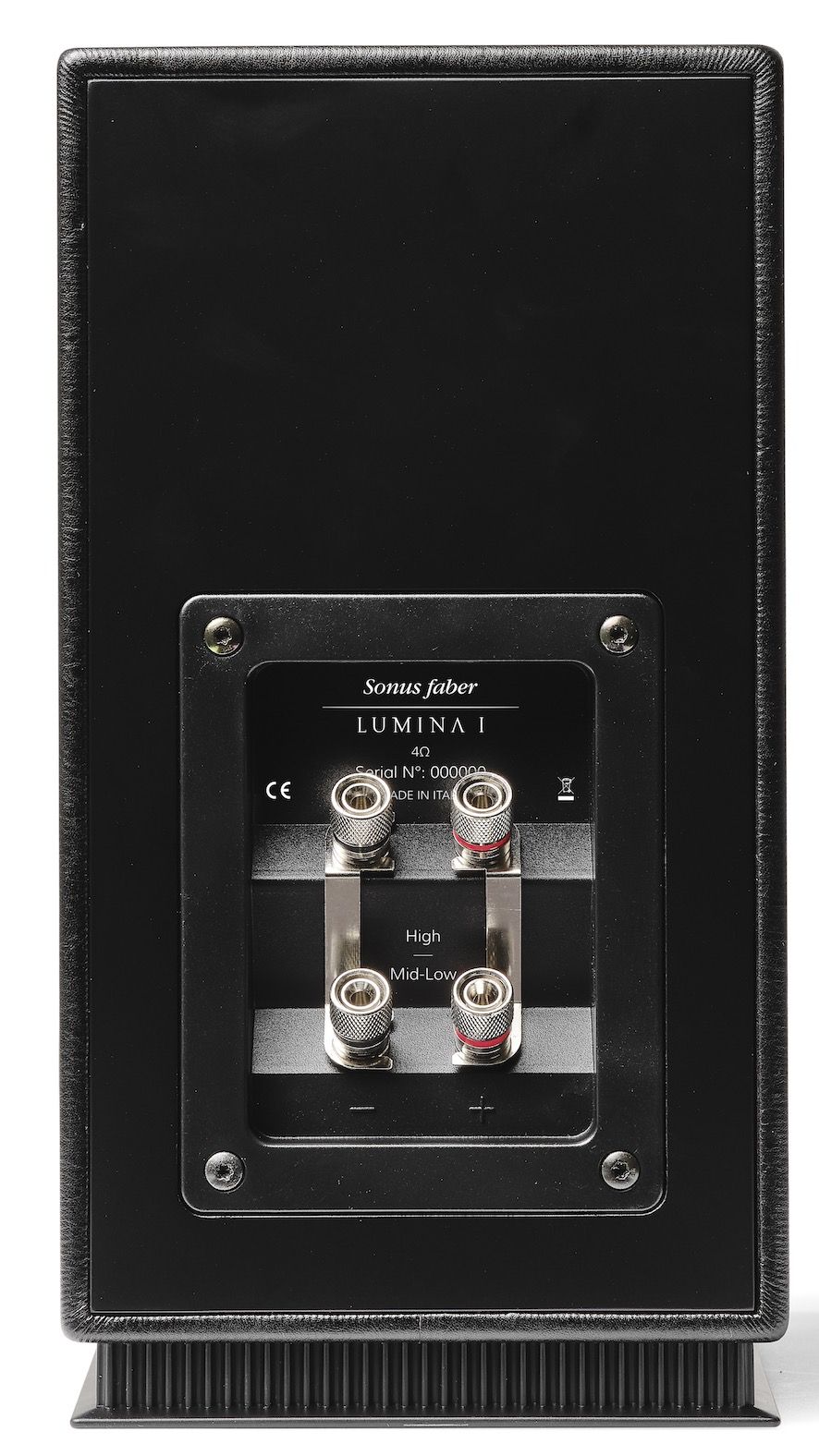

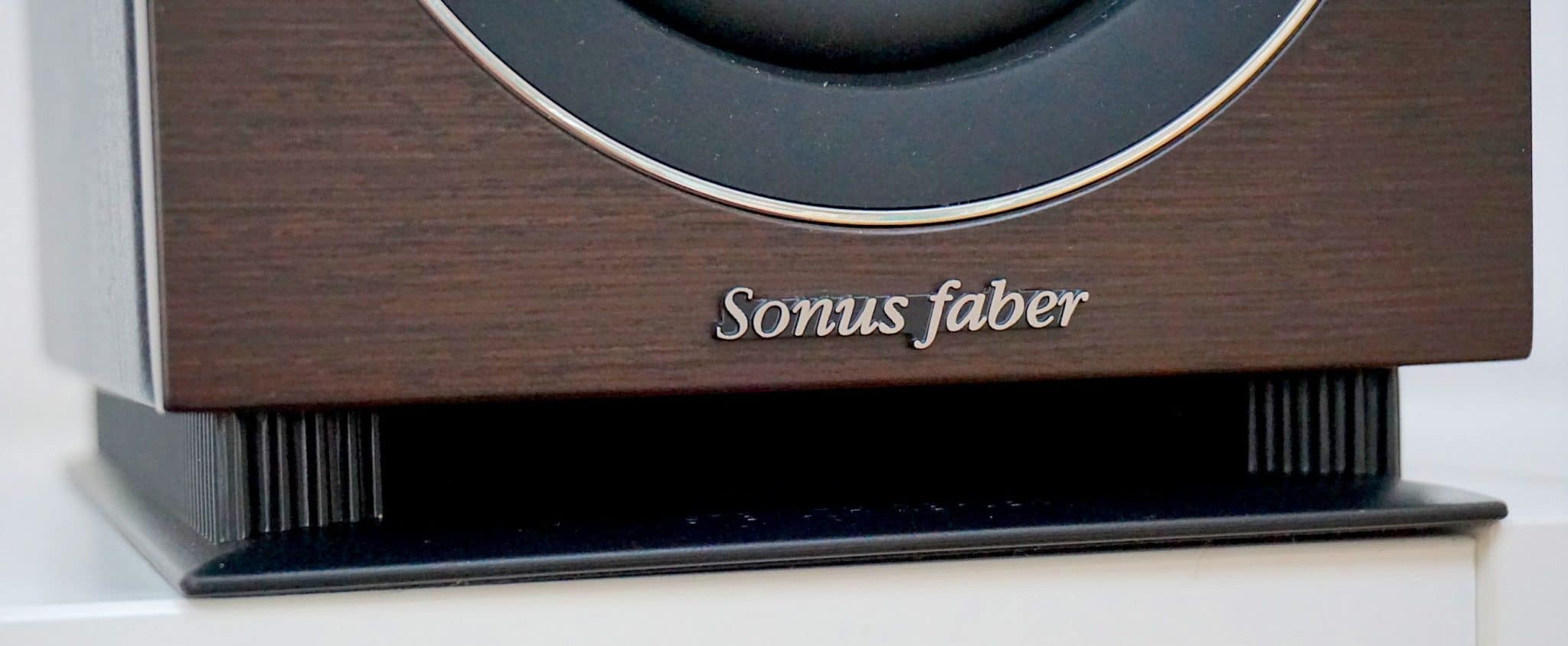
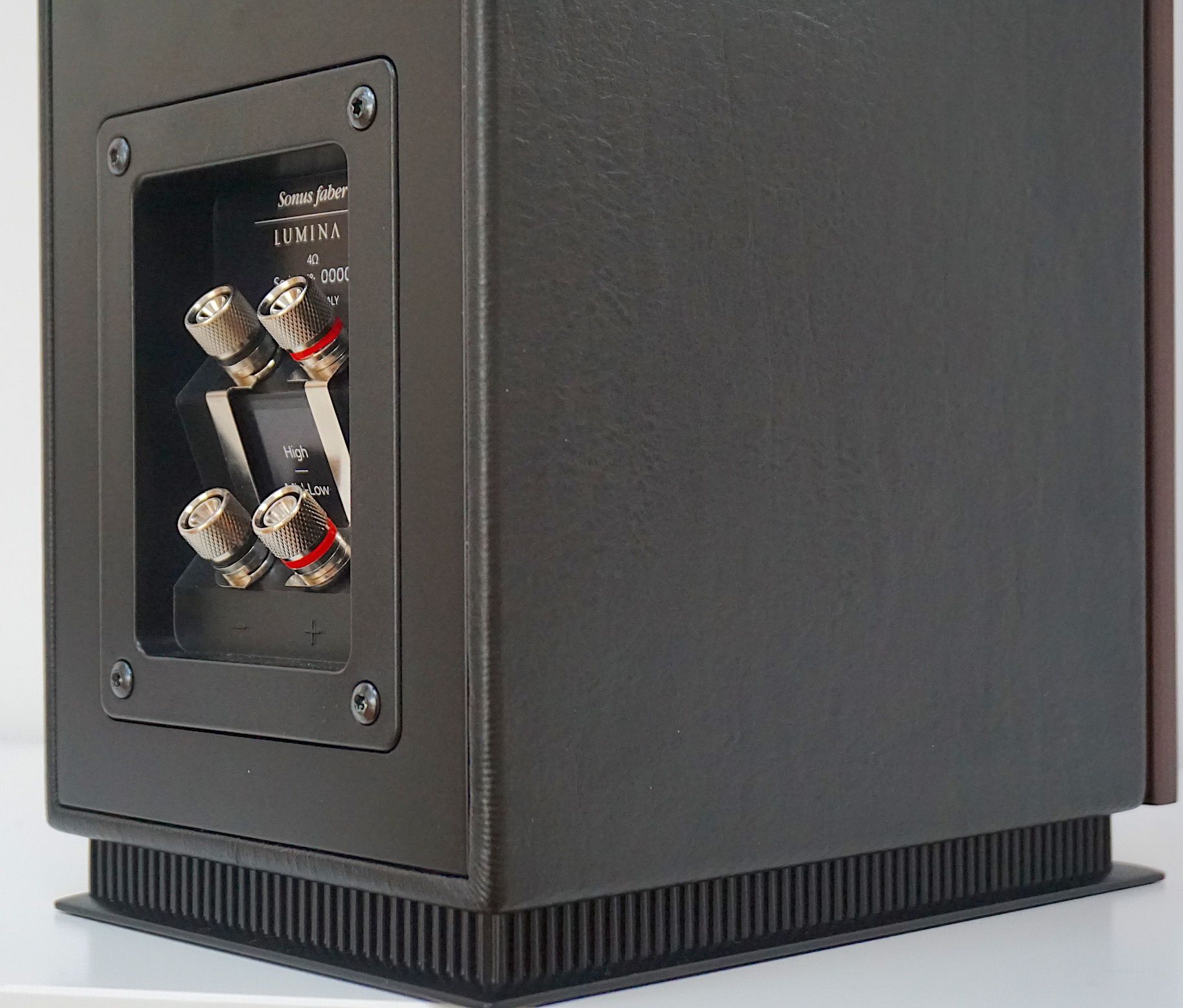
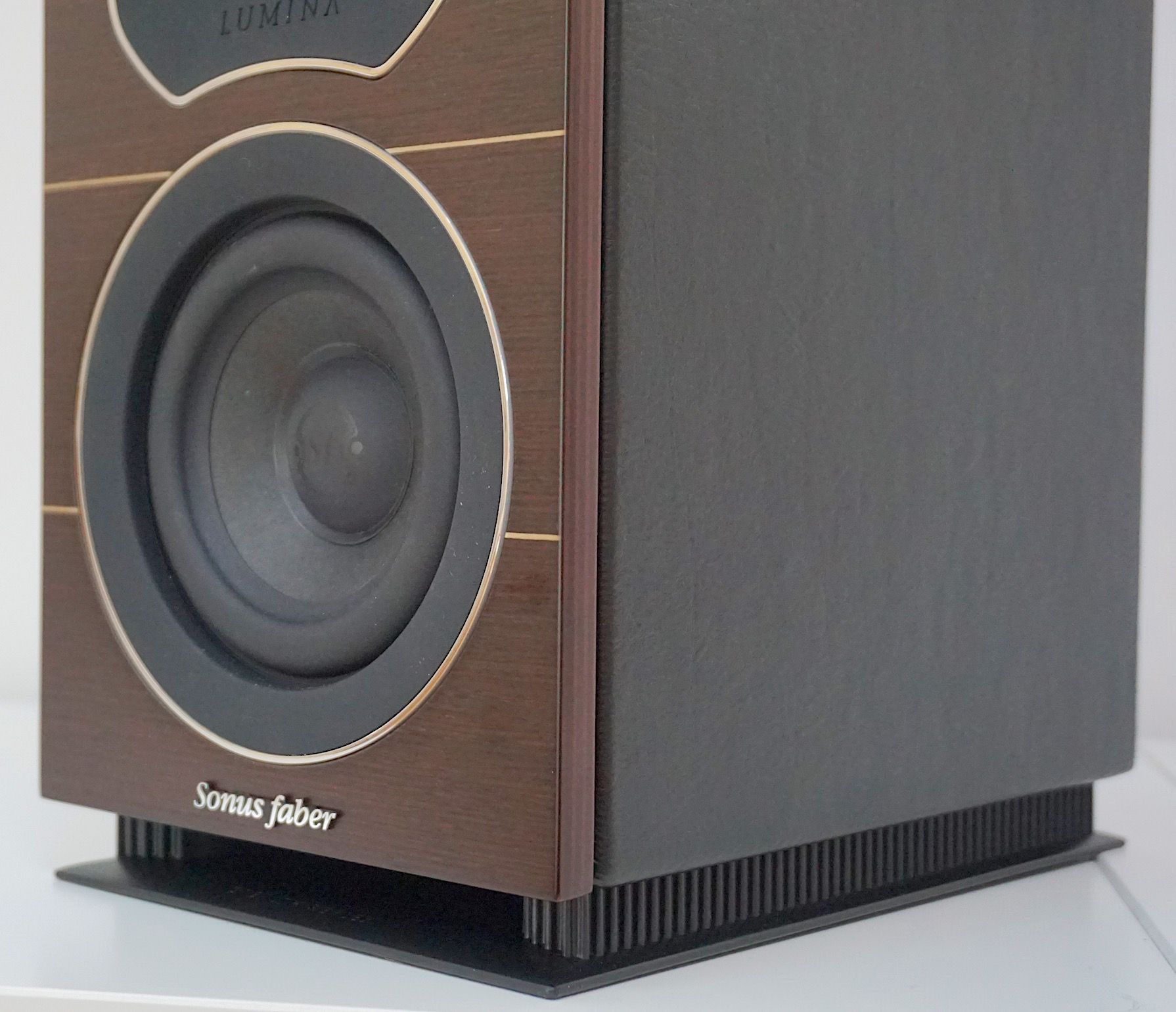
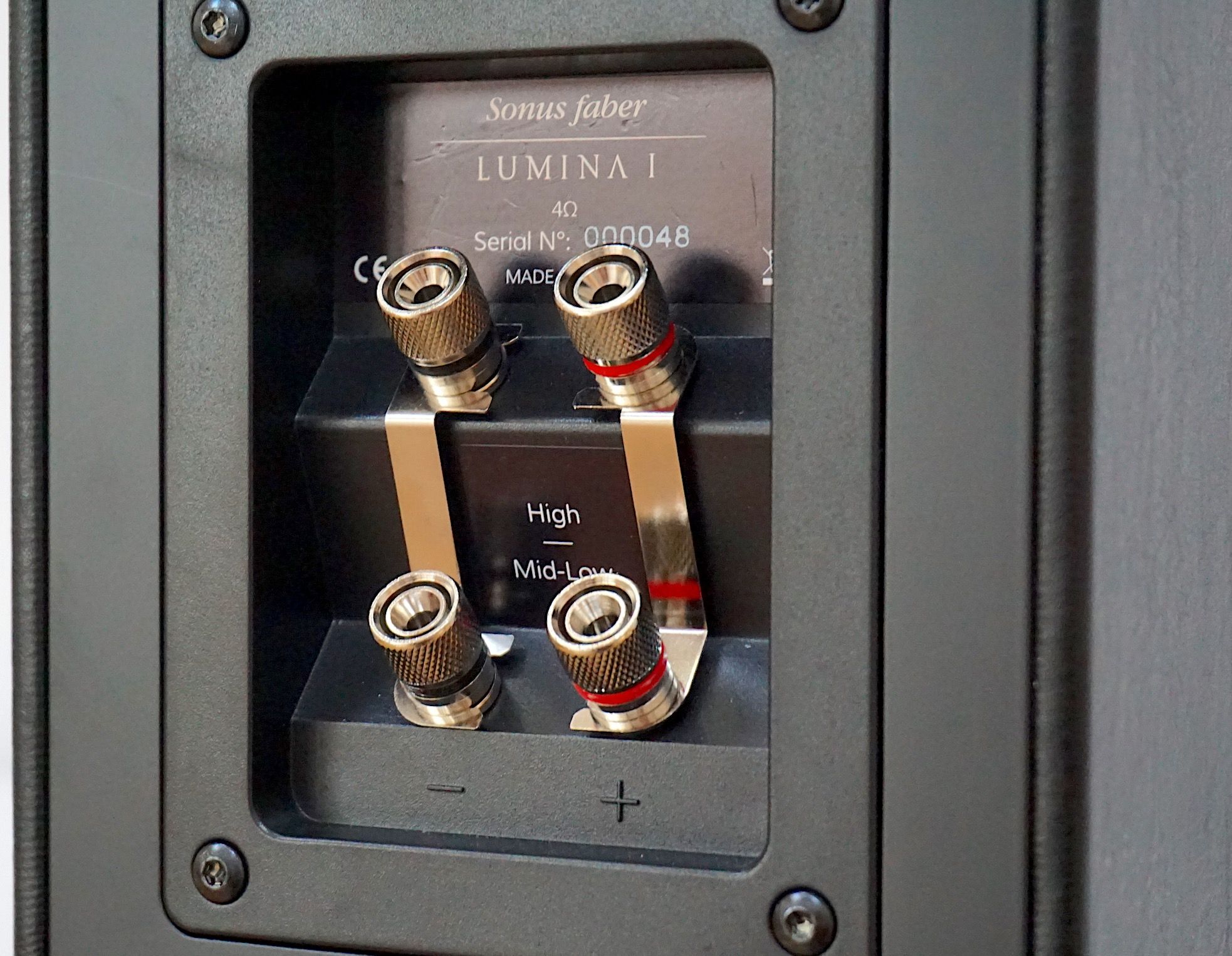

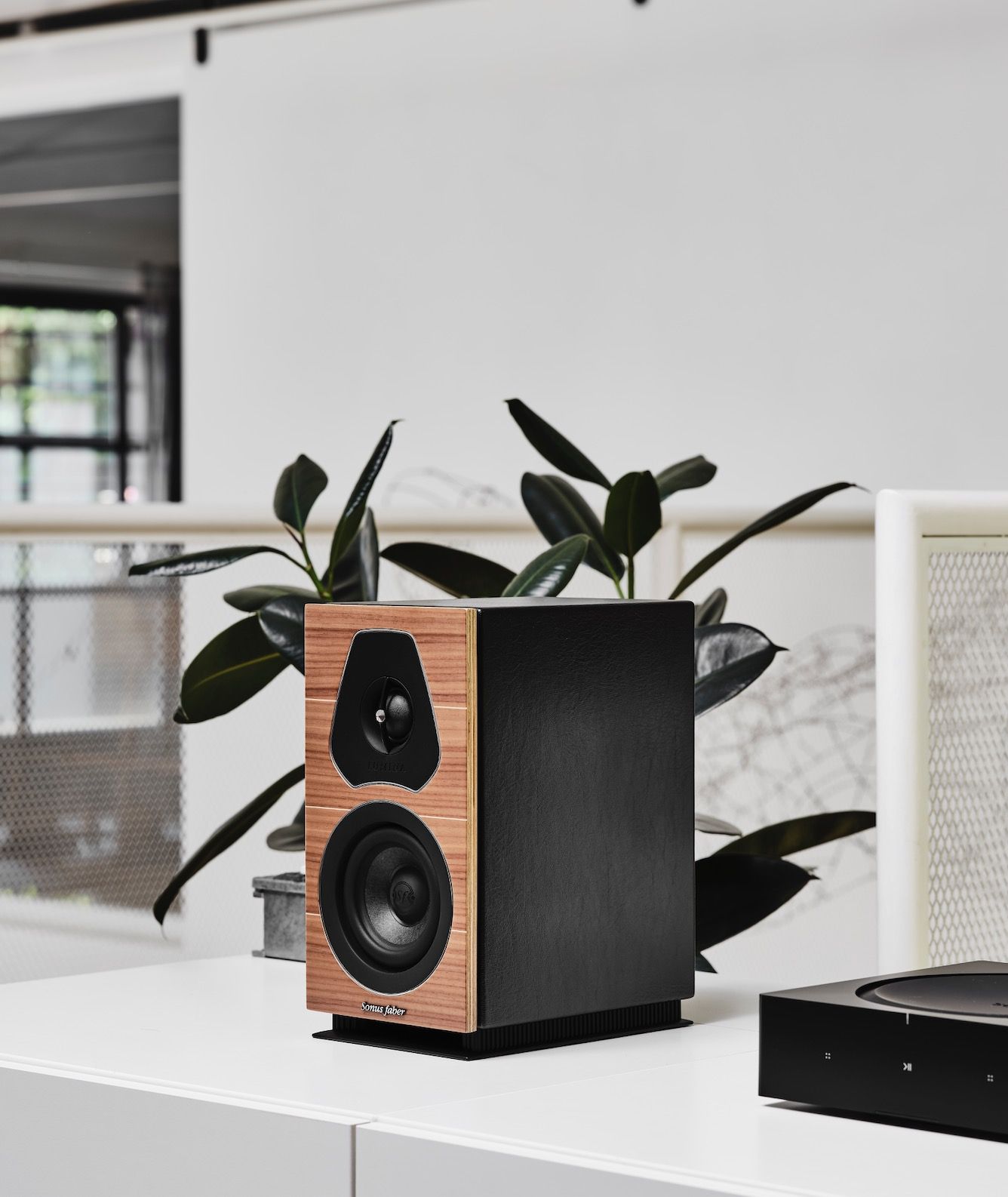
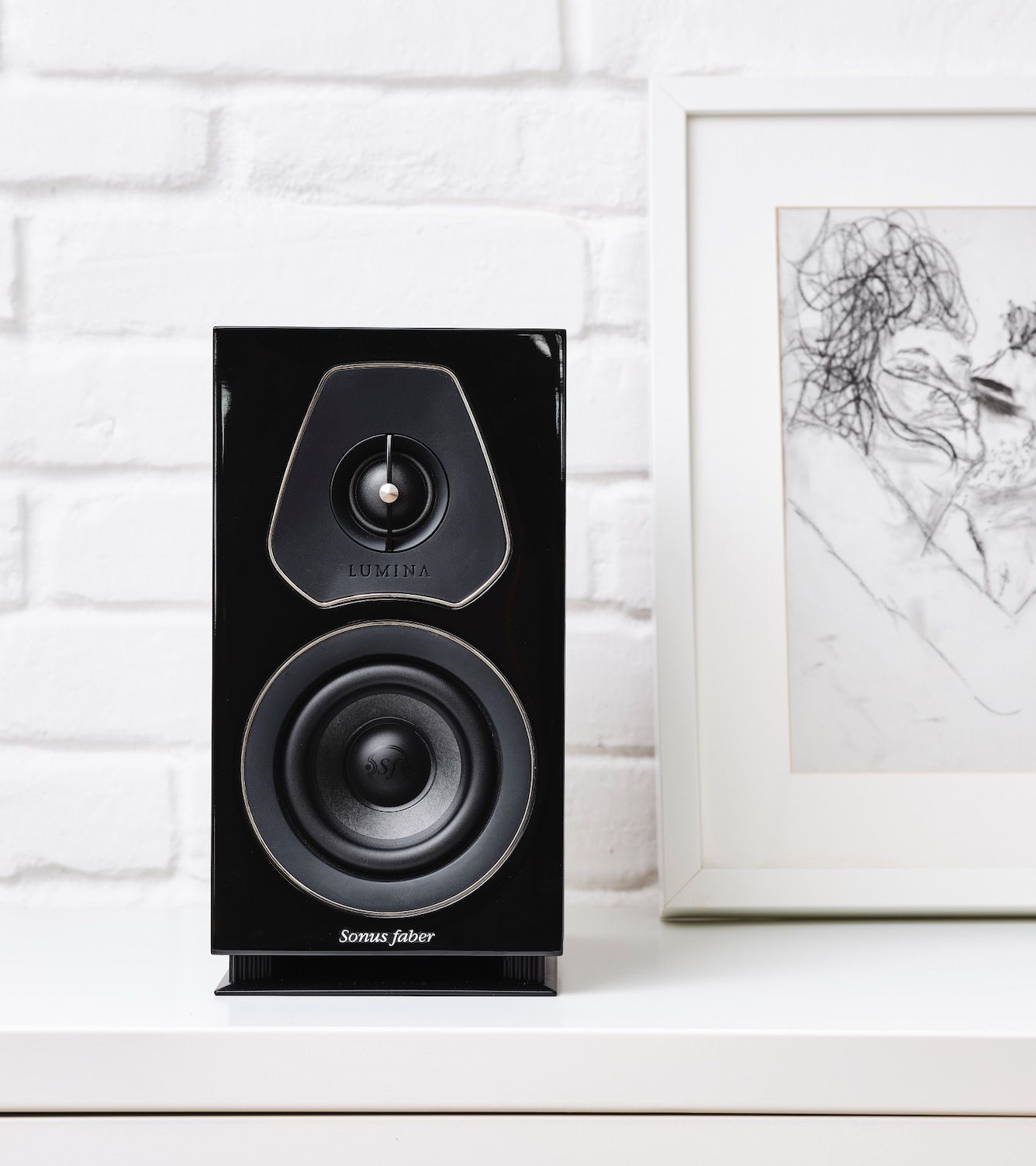

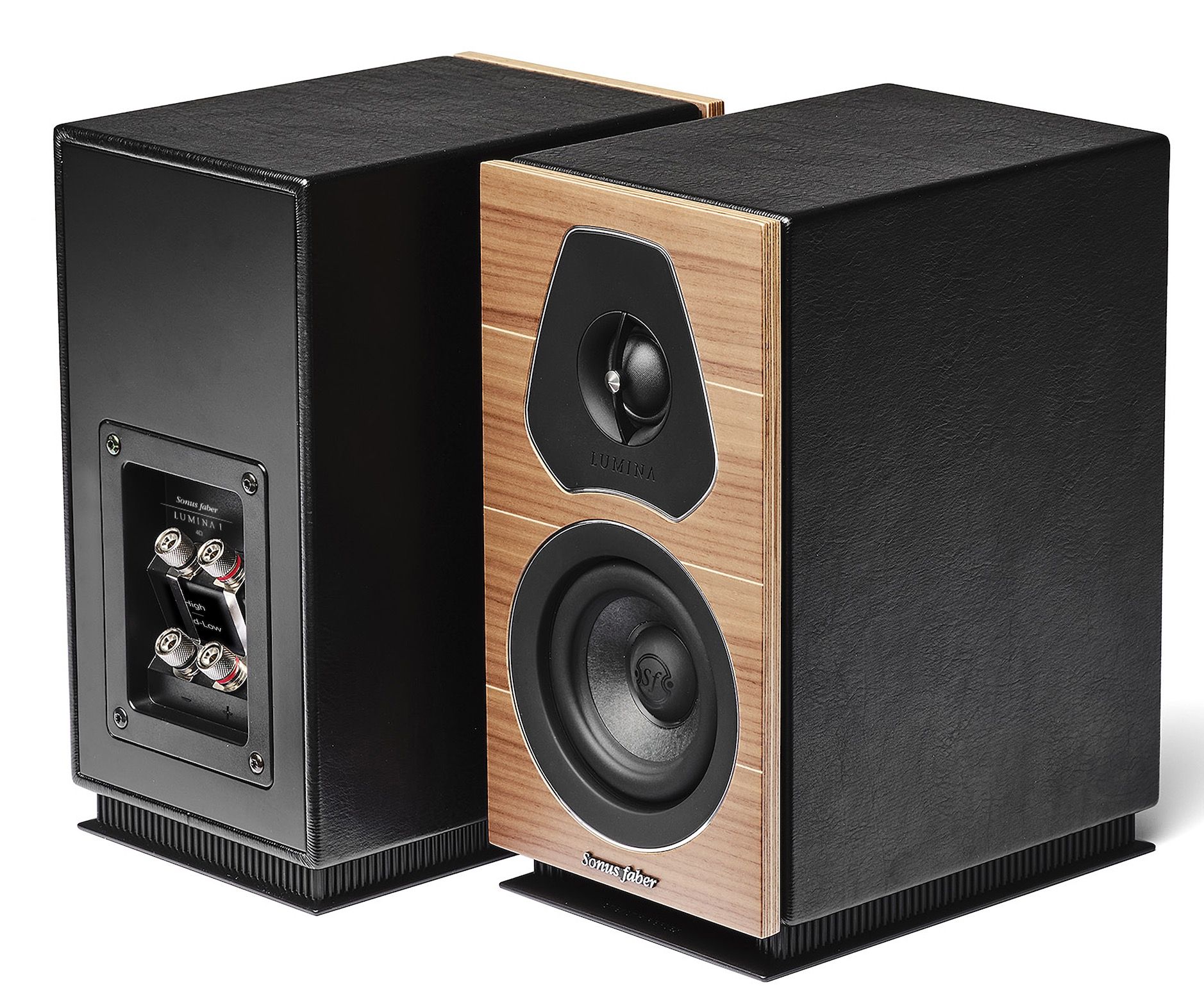
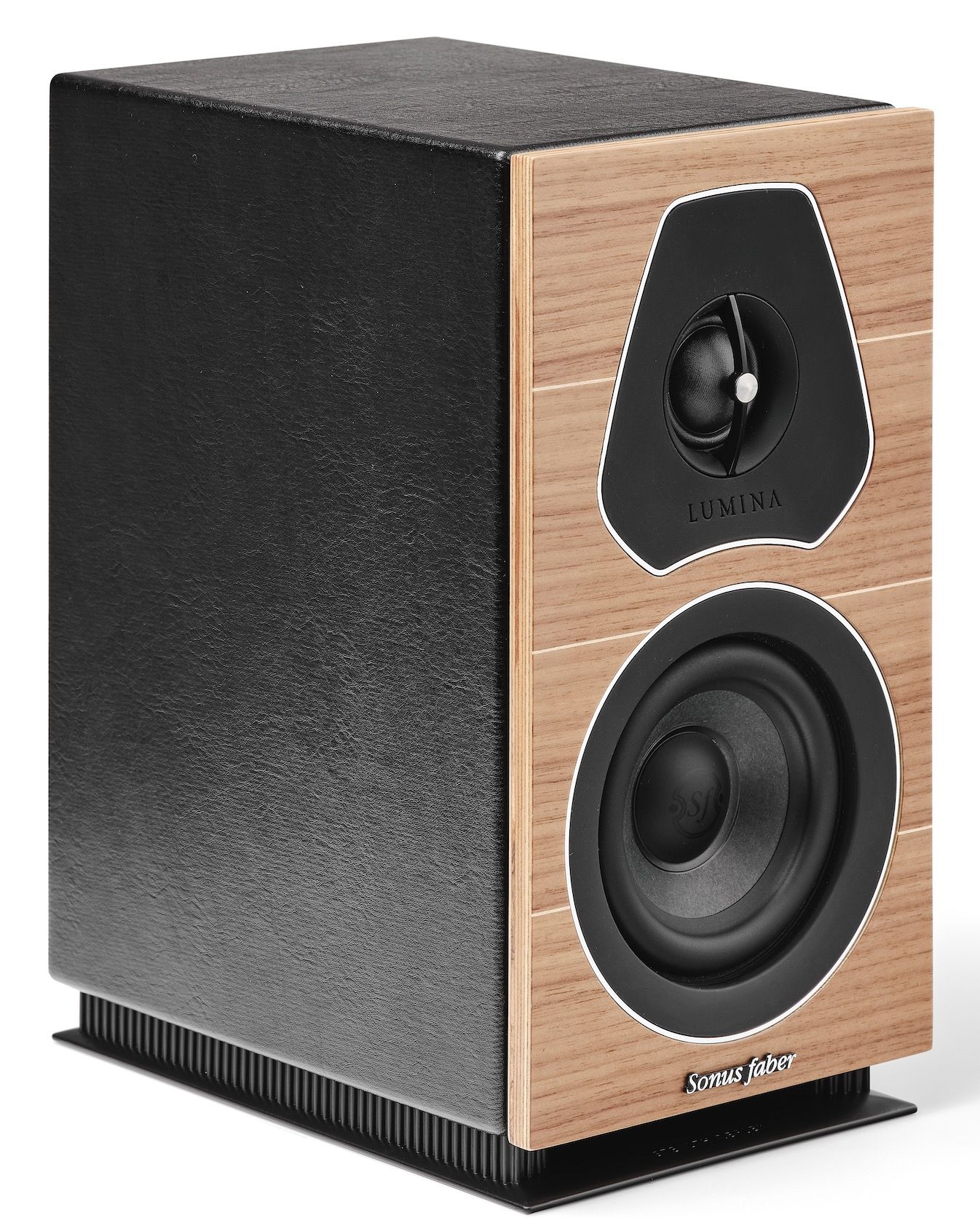
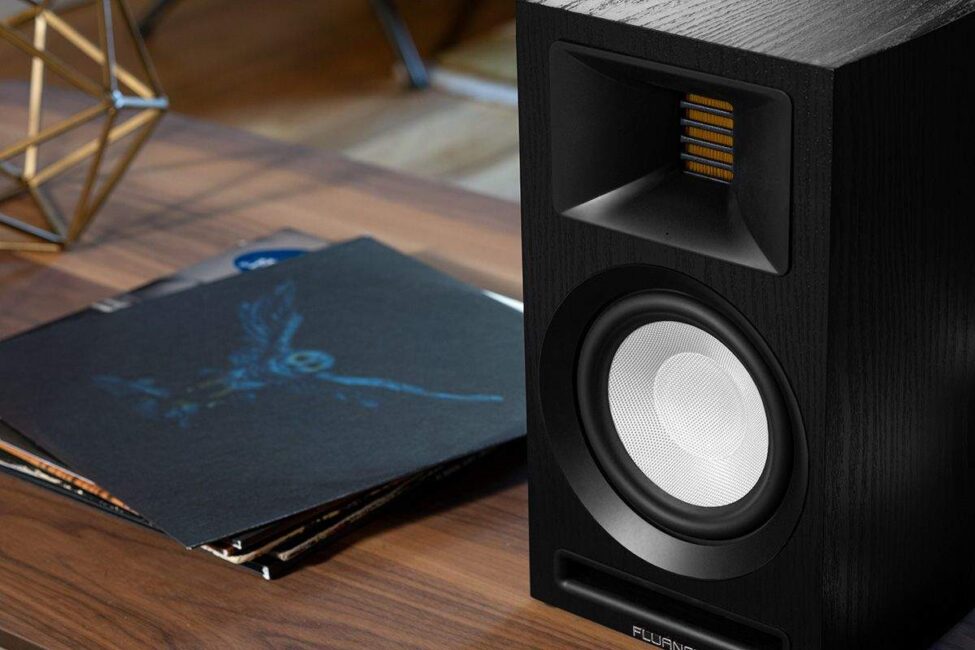

Hi Paul. Thanks for, as always, a great review. I decided to go for a pair of these in my second system, which is in the loft room / office. I’m really pleased with them – I enjoy the Sonus faber sound and the bass produced from such a small design is very surprising. My question is, currently I’m using a Monitor Audio A100 amp to drive them (50W into 8ohm class AB), which is fed by a Primare NP5 streamer into the optical input of the amp. I wonder if the speakers deserve better amplification? The A100 was well-received at the time, but would something like a Quad Vena II suit them better, or even, when funds allow, Lyngdorf 1120, with its room correction abilities?? Many thanks in advance, Simon
Hi Simon – I know some people swear by room correction but I would avoid such things like the plague. They average out sound and kill emotion. They are the Prozac of hi-fi.
As for the Quad choice? Yep – sounds like a winner.
Hi guys, I recently auditioned several bookshelf speakers in this price range with my Arcam Solo Music (50Wx2/8 Ohms) and the Lumina 1s were a clear winner -so presume the Arcam Solo is a good match.